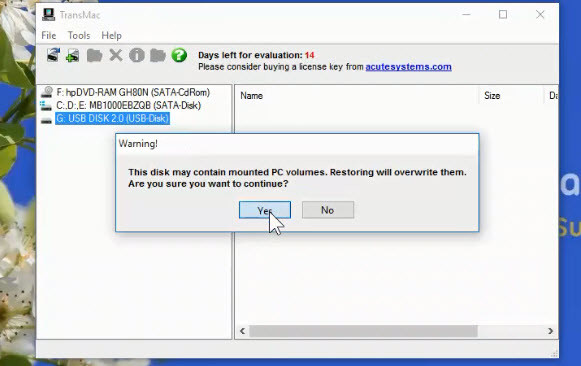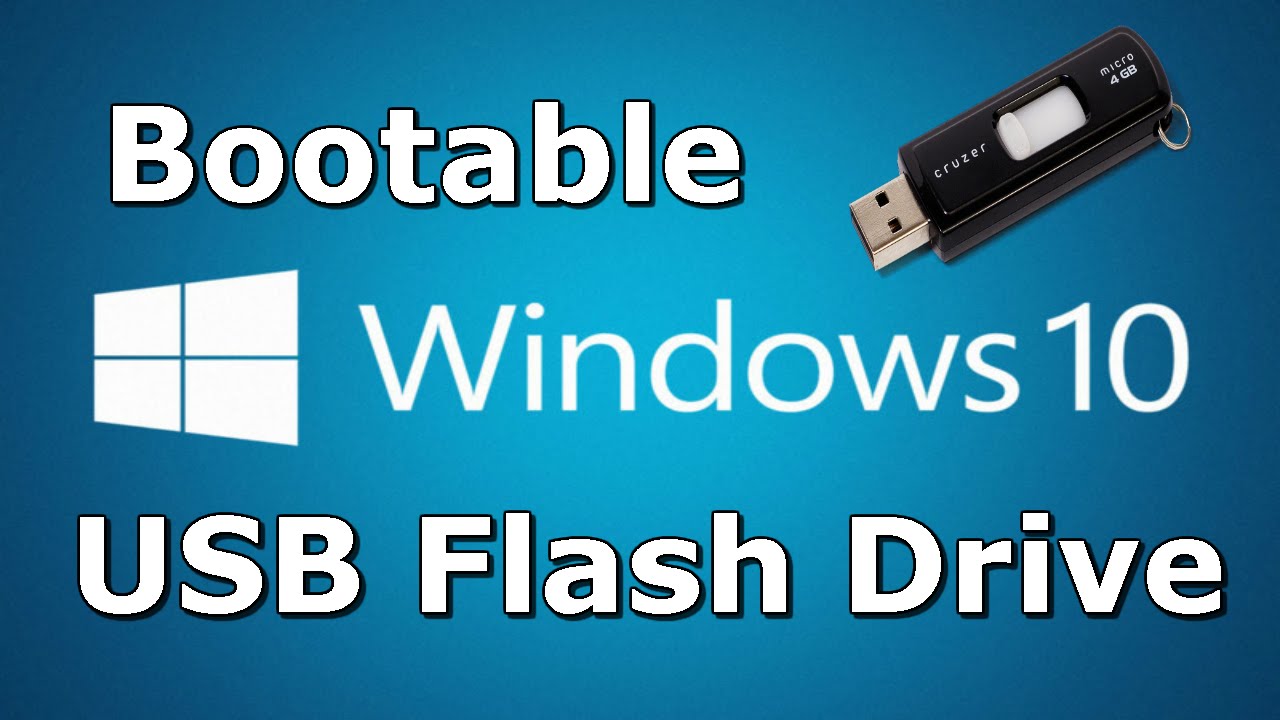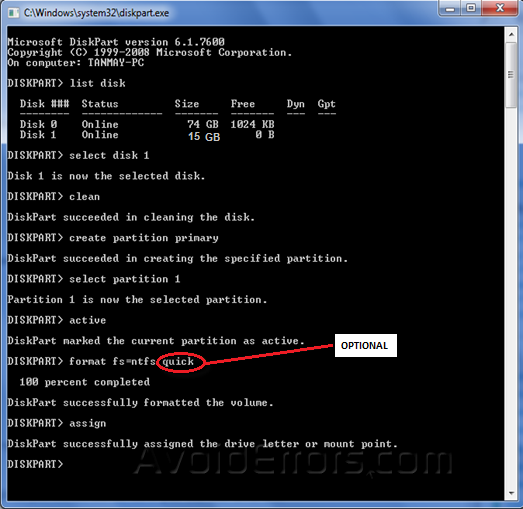
- #CREATE A BOOTABLE USB WINDOWS 8 FOR MAC IN WINDOWS HOW TO#
- #CREATE A BOOTABLE USB WINDOWS 8 FOR MAC IN WINDOWS INSTALL#
- #CREATE A BOOTABLE USB WINDOWS 8 FOR MAC IN WINDOWS UPGRADE#
- #CREATE A BOOTABLE USB WINDOWS 8 FOR MAC IN WINDOWS ISO#
- #CREATE A BOOTABLE USB WINDOWS 8 FOR MAC IN WINDOWS WINDOWS 8#
#CREATE A BOOTABLE USB WINDOWS 8 FOR MAC IN WINDOWS WINDOWS 8#
If only Microsoft could make a FAT32 option for USB drives! Windows 8 RTM in UEFI mode is happily installing away on the desktop. Should UEFI setup fail the USB drive should also be bootable in conventional non-UEFI boot (ie BIOS boot.)īeen very frustrating to get to this point, glad to have it sorted, hopefully this will become much easier as motherboard manufacturers enable to boot from UEFI on NTFS and other non Windows Filesystems.Ī wonderful article.
#CREATE A BOOTABLE USB WINDOWS 8 FOR MAC IN WINDOWS INSTALL#
Now the UEFI bootable USB disk should be ready to setup a new install of the Windows OS. Place in computer where it will be installed. In UEFI capable motherboards, make sure that UEFI is enabled. If the BIOS doesn’t detect the Bootable UEFI USB drive, you may need to select it as a boot option via keystroke. It is vital that you have UEFI enabled, or you will just boot via the BIOS (bad) and miss out on the joy that is UEFI. I’ve just done the above my self and can confirm it works well.

Next Steps for UEFI Booting in Windows 8 and Windows Server 2012 If you are using Windows Vista SP1, Windows 7, Windows Server 2008 R2 (all 64bit). On the newly created USB disk, make a new dir called ‘EFI’, copy the ‘boot’ directory into the ‘EFI’ directory. With all OS’s prior to Windows 8 and Windows Server 2012, there is one more step. You are now ready to copy the UEFI installation files to the drive. Select all the files from the original Windows install media, and paste them into the USB disk. Select disk x (where x is USB drive number from listįormat fs fat32 quick (vital it’s FAT32 for UEFI boot to succeed if NTFS fails)

Make a UEFI Bootable USB Drive via Diskpart Here is a quick guide to the diskpart commands you will be using: When you get to the command “select drive” choose the number that corresponds to the USB device you want to format.īe careful if you choose the wrong drive you could loose data on that drive.
#CREATE A BOOTABLE USB WINDOWS 8 FOR MAC IN WINDOWS ISO#


Why work to a new UEFI standard then make the bootable USB device a FAT32 standard? For those wondering, FAT32 is from the mid 1990’s. But the USB sticks never showed as UEFI bootable. After some Google searching I discovered that most UEFI motherboard cannot boot from NTFS devices only FAT32. I made bootable USB versions of the Windows 8 and Windows 7 setup discs using the official Microsoft tool to do so. I started of thinking in this modern world it should be easy, boy was I wrong. I’ve installed the old fashioned way with a BIOS boot, and really want to do it the UEFI way. All of these Microsoft operating systems support UEFI but only the 圆4 versions of the OS! This all seems great.
#CREATE A BOOTABLE USB WINDOWS 8 FOR MAC IN WINDOWS UPGRADE#
One big UEFI upgrade is the ability to boot off of new devices easier.Īlthough the title suggests that this guide is for Windows 8 and Windows Server 2012, this should work for Windows 7 and Windows Server 2008 R2. UEFI is supposed to be the replacement for the venerable BIOS that has been with us since the 70’s. Now that I’ve finally joined the UEFI world with the ASUS P8z77 WS motherboard, I’ve been trying to get UEFI to actually work.
#CREATE A BOOTABLE USB WINDOWS 8 FOR MAC IN WINDOWS HOW TO#
Today we are going to look at how to make a UEFI bootable USB drive for Windows 8 or Windows Server 2012.


 0 kommentar(er)
0 kommentar(er)
